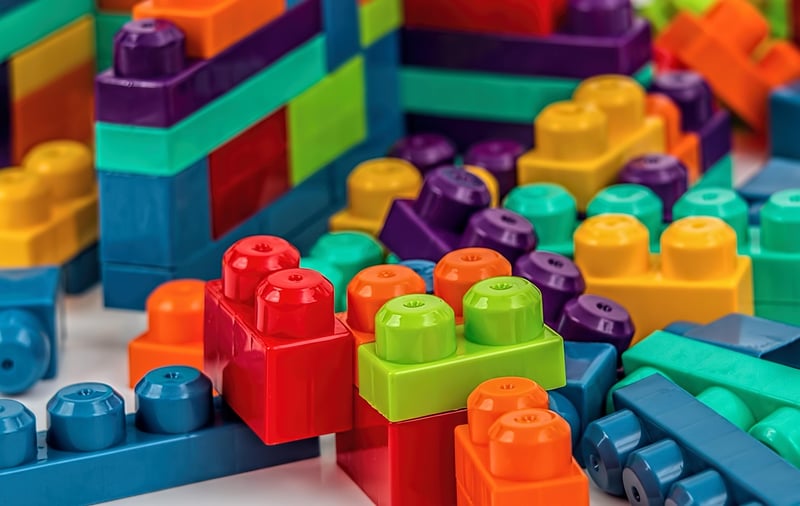Create educational games
The Power of Creative Projects: How to Create Engaging Educational Games
In the realm of education, creativity plays a vital role in engaging students and fostering a love for learning. One way to harness the power of creativity is through the creation of educational games. These games not only make learning fun but also help reinforce key concepts in an interactive and memorable way.
Why Educational Games?
Educational games offer a dynamic way to present information, allowing students to learn through play. They promote active participation, critical thinking, and problem-solving skills. By incorporating game elements into the learning process, educators can cater to different learning styles and keep students motivated and engaged.
Steps to Create an Educational Game:
- Identify Learning Objectives: Determine what concepts or skills you want the game to reinforce.
- Choose a Game Format: Decide on the type of game that best suits your learning objectives, such as quizzes, puzzles, or simulations.
- Design Game Mechanics: Create rules, challenges, and rewards that align with the educational content.
- Develop Engaging Content: Craft questions, scenarios, or activities that are both educational and entertaining.
- Incorporate Visuals and Audio: Use graphics, animations, and sound effects to enhance the gaming experience.
- Test and Iterate: Playtest the game with a small group of students to gather feedback and make improvements.
- Launch and Evaluate: Deploy the game in the classroom and assess its impact on learning outcomes.
Resources for Creating Educational Games:
- Classcraft - A platform that allows educators to create interactive games for the classroom.
- Kahoot! - A game-based learning platform for creating quizzes, surveys, and discussions.
- Yakit Kids - An online tool for designing educational games and activities for children.
Conclusion
By infusing creativity into educational practices through the development of games, educators can inspire a love for learning and make complex concepts more accessible and enjoyable for students. Whether you are a teacher, parent, or educational content creator, consider integrating educational games into your arsenal of teaching tools to revolutionize the learning experience.

Image Source: Pixabay
